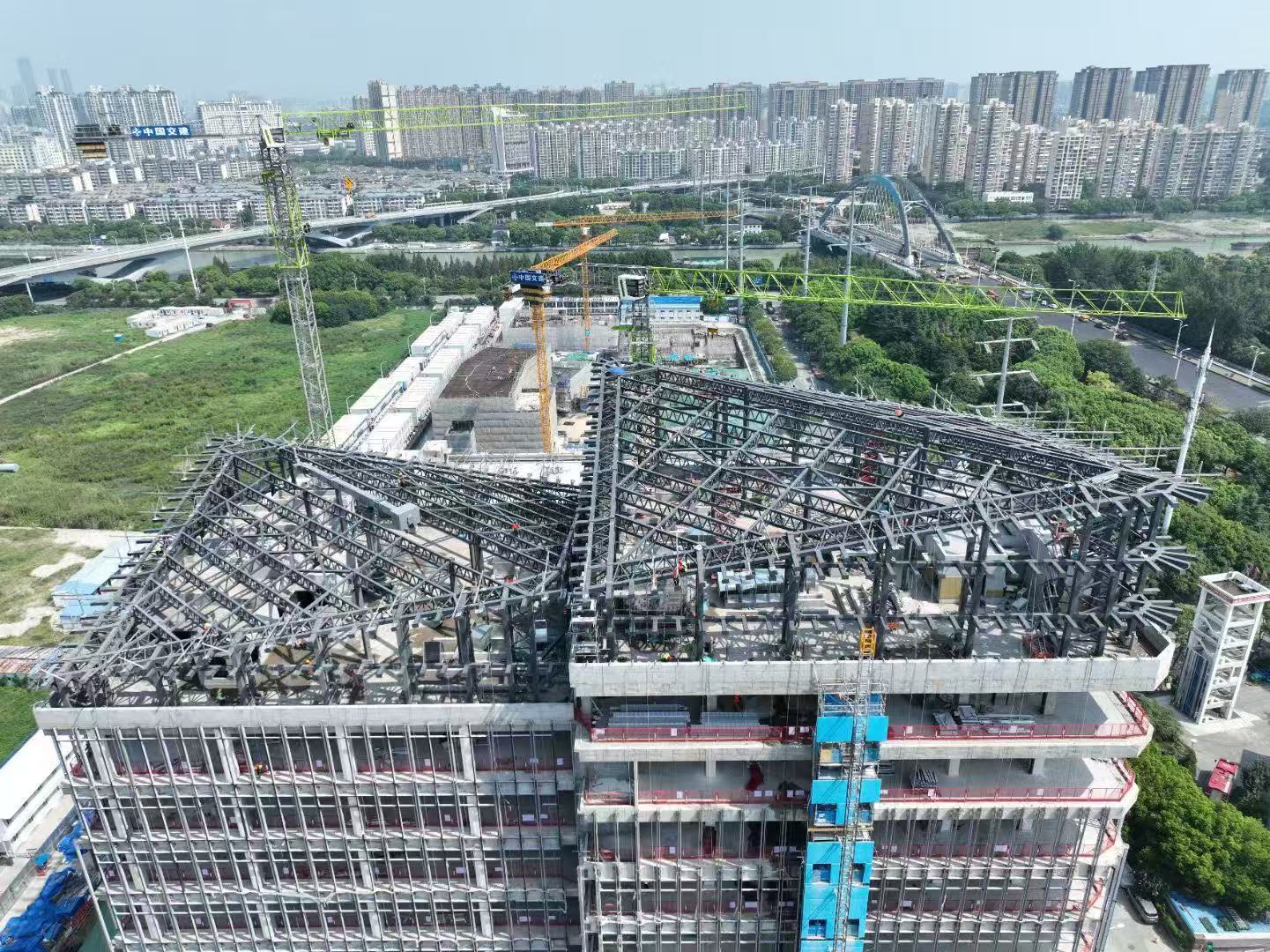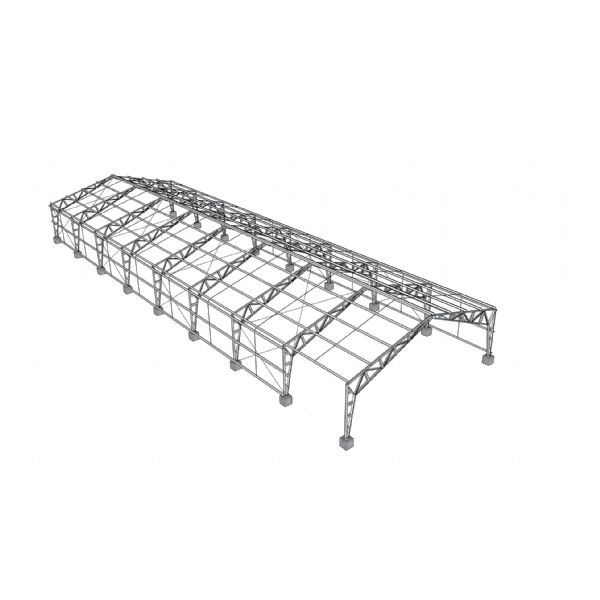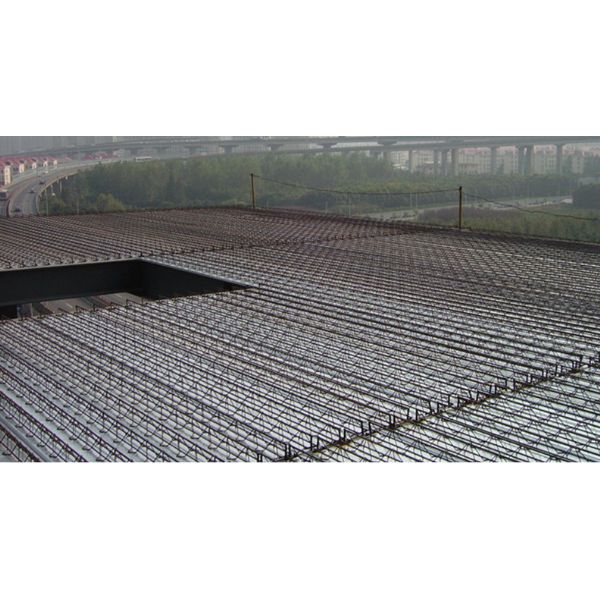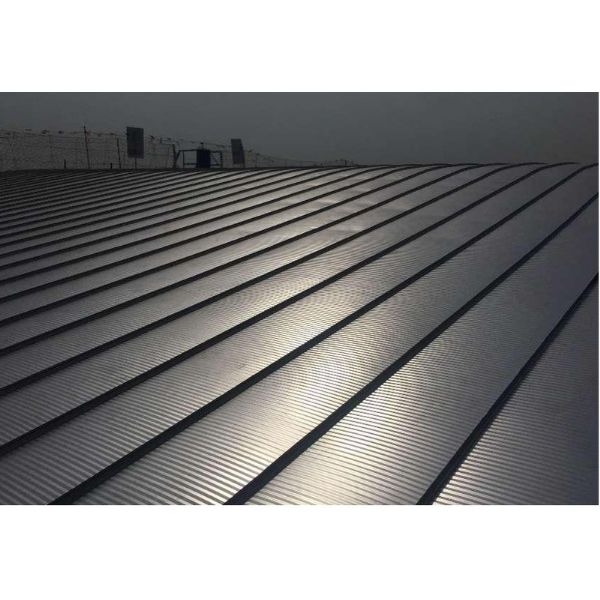In the rapidly evolving world of construction, project owners, developers, and architects are continuously evaluating the best building methods to achieve efficiency, cost control, and long-term performance. Among the options available today, metal buildings have emerged as a strong competitor to traditional wood, brick, and concrete construction. This in-depth steel building comparison explores both methods’ strengths and weaknesses, helping you make an informed decision for your next project.
Modern metal buildings are no longer limited to industrial warehouses—they now encompass office complexes, schools, retail centers, and even residential developments. As technology advances, the question is no longer if metal can replace conventional materials, but when and where it should.
Understanding the Basics
What Is a Metal Building?
A metal building is a modern structural system primarily composed of high-strength steel and related metal components engineered for exceptional durability, flexibility, and rapid installation. These buildings have become increasingly popular in industrial, commercial, and even residential sectors thanks to their ability to deliver consistent quality under tight timelines. In any professional steel building comparison, metal construction stands out for its precision and predictability.
Unlike traditional methods that rely heavily on on-site craftsmanship, a metal building’s components are prefabricated in a controlled factory environment. Columns, beams, trusses, wall panels, and roof systems are produced to exact specifications using advanced computer-aided design (CAD) and Building Information Modeling (BIM) software. Once the parts are completed, they are transported to the construction site and bolted or welded into place. This approach minimizes human error, weather delays, and waste, ensuring that the finished structure meets international quality standards.
The result is a structural system with excellent load-bearing capacity, seismic performance, and corrosion resistance—qualities that make steel buildings a preferred choice for warehouses, manufacturing plants, logistics centers, and public facilities.
Common Materials and Techniques
A defining feature of metal building systems is the use of high-performance steel grades that ensure strength and longevity. Depending on regional codes and project requirements, common materials include Q355B, S355JR, ASTM A36, and SM490A. These steels offer excellent tensile strength while maintaining ductility and weldability—essential for high-load applications. Fabrication techniques in metal building construction also set it apart in any steel building comparison. The process often includes:
Hot-dip galvanizing: Coating steel members with zinc to protect against corrosion, extending their lifespan even in coastal or humid climates. Precision welding and bolting: Ensures reliable structural connections, improving safety and reducing long-term maintenance.
High-performance coatings: Epoxy primers, polyurethane finishes, and powder coatings add further protection while offering aesthetic flexibility.
Each component is designed with millimeter precision, allowing for clean assembly and minimal on-site rework. Structural tolerances are tightly controlled, which means faster alignment during erection and less material wastage compared to traditional construction methods.
Prefabrication and Modular Design
Prefabrication represents the cornerstone of efficiency in metal building design. This modular philosophy transforms complex architectural plans into repeatable structural units, drastically simplifying logistics and construction management. In a detailed steel building comparison, prefabrication consistently scores higher for time and cost efficiency.
Because manufacturing takes place in a controlled environment, materials are protected from rain, dust, and temperature fluctuations. This improves consistency, reduces rework, and enhances the project’s overall environmental performance by minimizing waste. Once the prefabricated modules arrive on-site, assembly can proceed in parallel with foundation preparation—an advantage that traditional methods can rarely match.
In addition, modular metal building systems allow easy scalability and future expansion. If a business needs to enlarge its warehouse or add production space, additional bays or sections can be integrated seamlessly into the existing frame. This adaptability makes steel structures a long-term investment capable of evolving with operational needs.
What Is Traditional Construction?
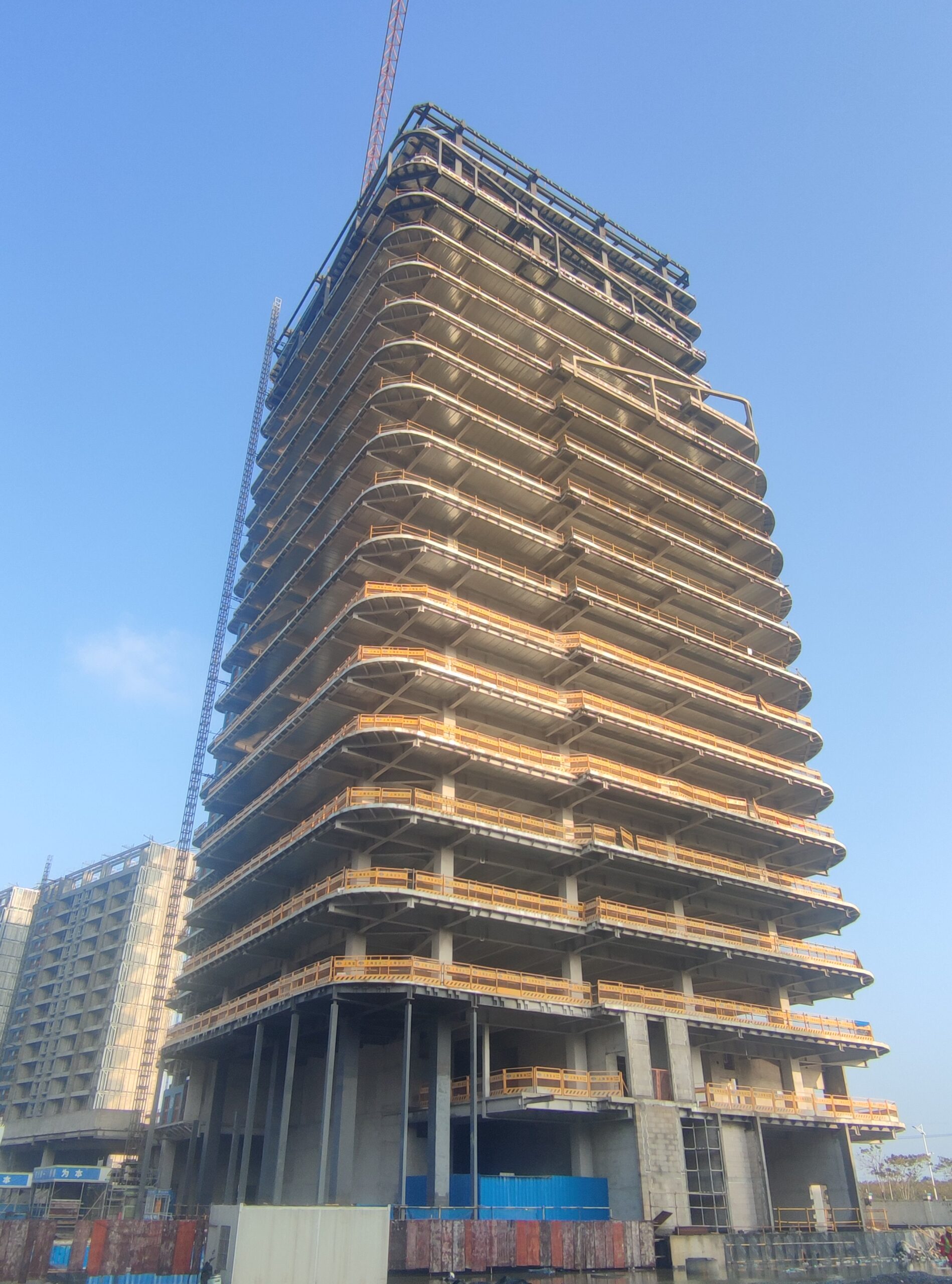
Traditional construction refers to long-established building methods based on wood, brick, stone, and reinforced concrete. While these materials have a proven record spanning centuries, they often involve labor-intensive processes and extended construction timelines. In comparison to modern steel systems, they require more on-site handling, curing, and coordination between different trade specialists.
Traditional construction emphasizes craftsmanship, where each element—foundations, masonry walls, roofing, and finishes—is executed sequentially on the project site. Although this method offers creative freedom and an artisanal aesthetic, it is also susceptible to variations in workmanship, weather conditions, and material quality.
Wood, Brick, and Concrete Methods
Wood framing remains dominant in residential construction because it is inexpensive and readily available. However, it is prone to fire hazards, termites, and moisture damage.
Brick masonry provides excellent thermal mass and acoustic insulation but demands heavy labor and extended curing times.
Reinforced concrete offers strength and rigidity for high-rise or heavy-load structures, yet it is slow to build, energy-intensive to produce, and difficult to modify once completed.
These materials offer aesthetic and structural diversity, but when analyzed in a detailed steel building comparison, they often fall short in terms of flexibility, installation speed, and lifecycle cost.
On-Site Building Process
Traditional construction happens almost entirely on site. From foundation excavation and formwork to bricklaying and finishing, each stage depends on manual labor, weather conditions, and complex scheduling. Concrete must cure before upper levels can be added, and multiple subcontractors need to coordinate each phase sequentially.
This method introduces several challenges:
Weather Delays: Rain, wind, or temperature extremes can halt progress.
Quality Variations: Human error or inconsistent supervision can lead to structural imperfections.
Material Waste: On-site cutting, mixing, and storage often produce significant excess material and cost overruns.
In contrast, metal building construction is streamlined, predictable, and factory-controlled, making it ideal for projects that demand fast delivery and minimal downtime. In any serious steel building comparison, these efficiency gains underline why the industry is shifting toward prefabricated steel systems as the new standard for modern architecture.
Key Comparison Factors
1. Construction Speed
Metal Building: Faster Assembly with Prebuilt Components
Speed is one of the clearest advantages in a steel building comparison. Metal structures can be assembled in weeks, not months. Pre-engineered components arrive ready for installation, minimizing weather interruptions and workforce requirements. For developers racing against deadlines, this efficiency can translate into significant financial savings.
Traditional: Time-Consuming On-Site Work
Traditional construction relies on sequential processes—foundation work, framing, masonry, and finishing—each dependent on weather and material availability. A project can easily extend months beyond schedule due to unforeseen site conditions or supply issues.
2. Cost Considerations
Upfront Costs: Which Is More Affordable?
Initial costs in a steel building comparison depend on project scope. Metal structures often have higher material costs but lower labor expenses. Prefabrication reduces errors and rework, making total costs more predictable. Traditional builds, while cheaper in raw materials like wood or concrete, often incur hidden costs from delays, waste, and skilled labor shortages.
Long-Term Savings: Maintenance and Repairs
Metal buildings offer substantial savings over time. Their steel components resist warping, cracking, and termite damage, reducing maintenance costs by up to 40%. In contrast, traditional materials require frequent painting, sealing, and repairs, especially in humid or earthquake-prone regions.
3. Durability and Longevity
Metal Building Advantages in Extreme Weather
When assessing resilience in a steel building comparison, metal consistently wins. Engineered to withstand hurricanes, snow loads, and seismic events, steel structures maintain integrity under stress. They’re non-combustible and corrosion-protected, ensuring service lives exceeding 50 years with minimal deterioration.
Traditional Structures and Their Limitations
Concrete and wood, while sturdy, degrade faster in harsh environments. Cracking, rot, and insect infestation often lead to structural failures or costly renovations. Heavyweight materials also make retrofitting more challenging.
4. Energy Efficiency and Sustainability
Insulation and Solar Integration in Metal Buildings
Modern steel buildings are designed with energy efficiency in mind. Insulated panels, reflective roof coatings, and ventilated facades lower heating and cooling loads. Solar panels can be easily mounted on metal roofs—another advantage highlighted in any steel building comparison. Many manufacturers also use recycled steel, reducing environmental impact.
Environmental Impact of Traditional Materials
Traditional construction generates more on-site waste and uses materials like cement, which has a high carbon footprint. Wood, though renewable, contributes to deforestation if not sustainably sourced.
5. Design Flexibility
Modern Aesthetics with Steel
A key revelation from ongoing steel building comparison studies is that modern metal architecture offers unmatched design versatility. With computer-aided modeling, steel frames can create column-free interiors, curved roofs, and large glass façades, achieving both aesthetic appeal and functional efficiency.
Custom Architecture in Traditional Builds
Traditional materials allow for artistic textures and historical aesthetics—ideal for heritage projects or custom homes. However, these designs often come with longer build times and higher costs.
6. Fire and Pest Resistance
Steel vs. Wood in Fire Safety
Steel is non-combustible and retains structural strength at high temperatures. In a steel building comparison, this characteristic alone often determines project viability for industrial zones or public buildings. Fireproof coatings and insulation further enhance protection.
Insect and Rot Protection
Termites, mold, and decay are persistent threats to wooden structures. Metal buildings eliminate these issues entirely, offering peace of mind and reduced upkeep.
7. Maintenance Needs
Why Metal Buildings Require Less Upkeep
Metal buildings are low-maintenance by design. Powder-coated finishes, rust-resistant fasteners, and protective paint systems significantly extend service life. Routine inspection and minor touch-ups suffice for decades, reinforcing the cost advantages observed in every steel building comparison.
Common Maintenance for Traditional Materials
Traditional buildings demand frequent inspections for cracks, moisture infiltration, and pest control. Roof repairs, repainting, and structural reinforcements are ongoing concerns—particularly in aging facilities.
Use Case Scenarios
Best Applications for Metal Buildings
Metal buildings have evolved far beyond the image of simple industrial sheds. Today, they form the backbone of countless industrial, commercial, agricultural, and logistics facilities across the world. In nearly every steel building comparison, the data clearly shows that prefabricated steel systems outperform traditional methods wherever speed, scalability, and durability are top priorities.
1. Industrial and Manufacturing Facilities
The manufacturing sector has long relied on steel structures due to their ability to handle large machinery, cranes, and heavy loads. The wide column-free spans typical of portal frame or truss systems allow uninterrupted production layouts, while overhead cranes can be seamlessly integrated into the main structure. In addition, the modular nature of steel buildings makes it easy to extend facilities as production demand grows—without dismantling the existing framework. In practical steel building comparison studies, this scalability is often cited as a major economic advantage over concrete plants that require costly foundation alterations.
2. Logistics Centers and Warehouses
Speed and efficiency are essential in the logistics industry, where every week saved in construction translates into earlier operations and faster ROI. Pre-engineered steel warehouses can be completed in a fraction of the time of brick or reinforced-concrete alternatives. With clear spans exceeding 50–80 meters, they accommodate automated racking systems, loading docks, and temperature-controlled zones. Energy-efficient wall panels and reflective roofing also make them suitable for green warehouse certification programs like LEED.
3. Agricultural and Storage Buildings
Farm operators increasingly choose steel for barns, grain storage, and cold-chain facilities because it combines low maintenance requirements with excellent ventilation and corrosion resistance. In humid or coastal regions, galvanized and painted steel components outperform wooden frames, which are vulnerable to rot and pests. The high internal clearance of steel structures also supports natural air circulation—crucial for maintaining stable conditions for crops, livestock, or equipment.
4. Commercial and Public Use
Modern architectural design has expanded the possibilities for steel buildings in retail centers, office complexes, exhibition halls, and airports. Advanced façade materials and curtain-wall integration allow architects to achieve sleek, contemporary aesthetics without sacrificing the cost efficiency of a prefabricated core. In a detailed steel building comparison, experts note that integrating solar panels, skylights, and HVAC systems into steel roofs is simpler and more effective than in concrete counterparts, enhancing both functionality and sustainability.
5. Infrastructure and Special Projects
Bridges, sports arenas, and transportation terminals increasingly employ steel structures due to their exceptional span capabilities and earthquake resilience. The lightweight yet high-strength nature of steel makes it ideal for long-span roofs, railway stations, and multipurpose arenas where safety and rapid assembly are critical. These applications showcase how the precision and repeatability of prefabricated steel can handle even the most complex engineering demands.
Overall, the best applications for metal buildings share a common trait: they demand speed, adaptability, and long-term performance. Whether it’s an industrial park in Wuxi, a logistics warehouse in Indonesia Banten, or a sports complex in Shanghai, steel’s engineering versatility consistently leads in any serious steel building comparison.
Where Traditional Construction Still Has the Edge
Despite the rapid advancement of steel construction, traditional materials—wood, brick, and concrete—retain distinct advantages in specific markets and design contexts. A balanced steel building comparison must acknowledge these strengths, particularly in areas where aesthetic heritage, tactile warmth, or acoustic mass are valued.
1. Residential and Low-Rise Housing
For single-family homes, villas, and small apartment buildings, wood and brick remain popular because they convey a sense of warmth and familiarity. Homeowners often prefer natural textures and finishes that are easier to achieve with conventional materials. In addition, many residential contractors are already equipped for masonry or timber framing, keeping costs predictable. While steel framing for residential construction is gaining traction, it still requires specialized expertise and design adaptation.
2. Heritage and Urban Contexts
Municipal regulations and preservation guidelines often restrict the use of steel façades in heritage districts or classical neighborhoods. In such environments, traditional construction complements existing architectural character, preserving the cultural and historical identity of the area. Even so, hybrid designs are emerging—where steel frames support load-bearing masonry exteriors—to combine structural efficiency with traditional aesthetics.
3. Acoustic and Thermal Mass Requirements
Concrete and brick naturally provide higher thermal mass and sound insulation compared to lightweight metal panels. This makes them suitable for schools, theaters, or residential projects where acoustic control and steady indoor temperature are essential. While modern insulated metal panels can replicate much of this performance, they may still require additional layers or cost to match the natural dampening of concrete walls.
4. Short-Term or Temporary Constraints
In some local markets, materials like concrete blocks or fired bricks may be cheaper or more readily available, especially for small-scale construction without the logistical support of a prefabrication supply chain. Traditional systems also require fewer upfront engineering documents than a full steel design, which can be an advantage for low-budget or informal projects.
Nevertheless, the global shift toward prefabricated steel systems continues to accelerate. As supply chains mature and governments emphasize sustainability, the cost gap between traditional and steel construction continues to narrow. Hybrid solutions—combining steel frames with brick infill, glass façades, or concrete slabs—are becoming the new norm, blending structural performance with cultural expectations.
In summary, while traditional construction still offers unmatched charm and contextual suitability for residential or heritage projects, metal buildings dominate in efficiency, longevity, and flexibility. The balance between the two depends on project objectives, aesthetic requirements, and lifecycle cost planning. A realistic steel building comparison reveals that both methods can coexist—but for large-scale, time-sensitive, or environmentally driven projects, steel remains the future-ready choice.
Expert Opinions and Industry Trends
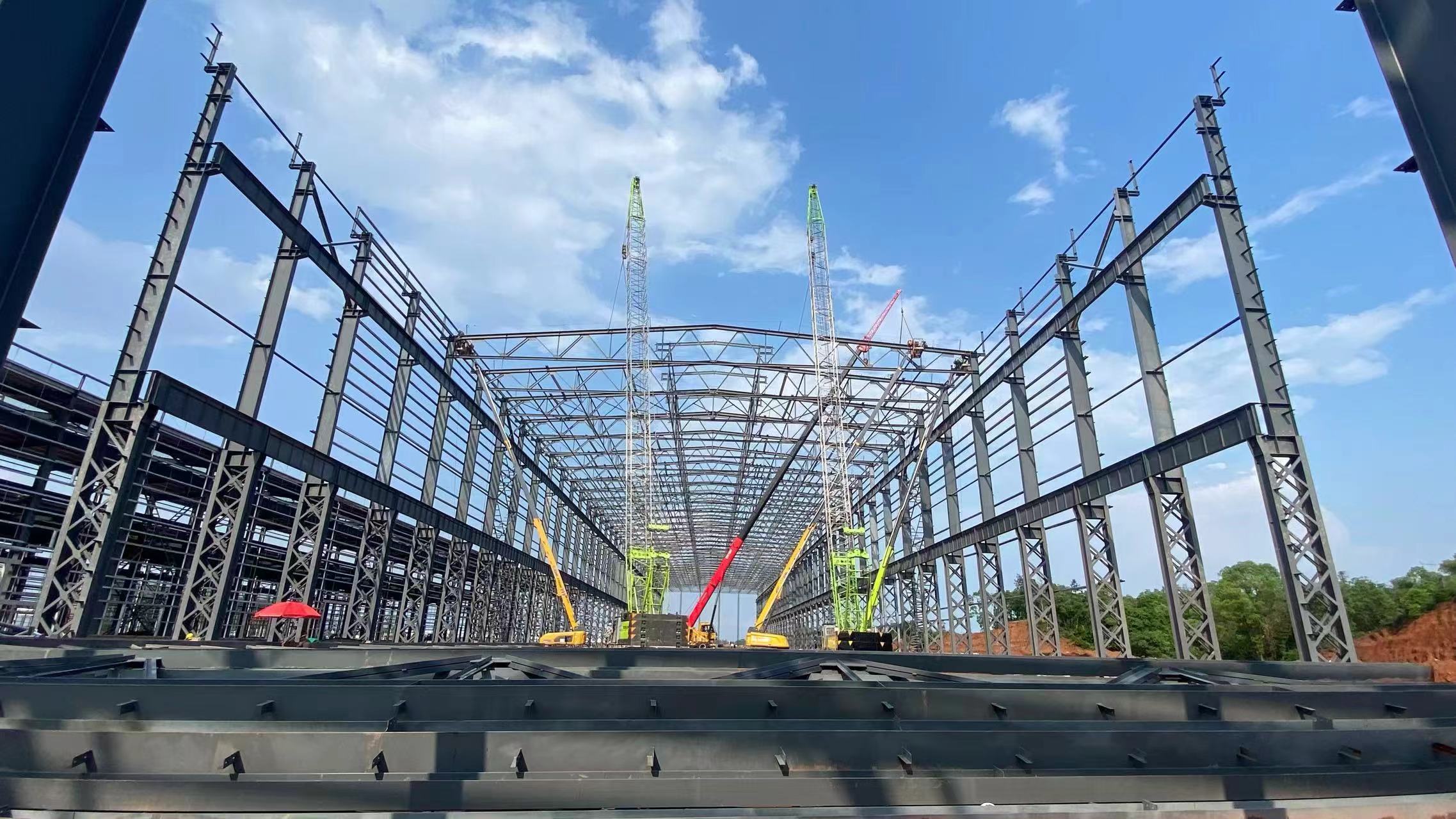
Architects and Engineers on Metal Building Advantages
Industry professionals across architecture, structural engineering, and sustainable design continue to emphasize the significant advantages of metal buildings over conventional construction systems. According to numerous steel building comparison studies published in international engineering journals, prefabricated steel structures can shorten total construction time by 40–50%, while simultaneously cutting operational and maintenance costs by up to 30% over the building’s lifecycle.
These numbers are not theoretical—they are supported by the experiences of real-world practitioners who have transitioned from traditional concrete or brick systems to steel. Architects often highlight the design freedom provided by steel framing, which allows for long, column-free spans, dynamic façades, and adaptive layouts suited for multipurpose facilities. Engineers, on the other hand, stress steel’s superior performance in terms of structural integrity, recyclability, and resilience against environmental stresses such as earthquakes, high winds, and corrosion.
One civil engineering expert from the China Construction Metal Structure Association noted that “the predictability and precision of prefabricated steel systems are redefining construction management.” By manufacturing components in controlled environments, metal building projects experience fewer delays, better dimensional accuracy, and reduced risk of site errors. This transformation allows developers to complete larger projects—such as logistics parks, industrial complexes, and public facilities—on compressed schedules without compromising quality.
Furthermore, many architects point out that steel buildings are no longer limited to purely functional spaces like factories or warehouses. Advances in cladding systems, curtain wall integration, and composite materials have allowed modern steel buildings to achieve stunning aesthetics that rival glass or concrete architecture. Whether for a corporate office, sports arena, or transportation hub, the combination of sleek visual appeal and engineering precision is reshaping public perception of metal construction worldwide.
Another recurring theme among experts in any steel building comparison is data-driven optimization. Through Building Information Modeling (BIM), 3D scanning, and digital twin technologies, design teams can now simulate and refine structures before fabrication begins. This eliminates conflicts between architectural and structural elements, ensuring a smoother path from concept to completion. The result is a faster, greener, and more collaborative construction process—hallmarks of next-generation building innovation.
Shifts Toward Prefab and Green Building Solutions
The global construction industry is experiencing a fundamental transformation toward prefabrication and sustainability, both of which place metal buildings at the forefront of progress. Governments and private developers alike are setting higher standards for energy efficiency, waste reduction, and carbon footprint management—objectives that align perfectly with steel’s inherent advantages.
In a comprehensive steel building comparison conducted across Asia and Europe, prefabricated systems were shown to reduce on-site waste by more than 70% and cut carbon emissions by up to 25% compared to conventional concrete structures. These reductions are largely due to factory precision, recycling of steel scrap, and the minimal need for wet processes such as curing or plastering.
As nations implement stricter environmental regulations, certifications such as LEED (Leadership in Energy and Environmental Design), BREEAM (Building Research Establishment Environmental Assessment Method), and China’s Green Building Label (GBL) are becoming the benchmarks for high-performance construction. Steel’s recyclability—often exceeding 90%—directly supports these standards. Unlike concrete, which loses integrity after demolition, steel can be melted and reused indefinitely, forming the backbone of a truly circular economy.
In addition to environmental benefits, technological innovation is propelling the next wave of steel construction. Digital fabrication tools, robotic welding, and AI-assisted quality control are now commonplace in advanced manufacturing facilities. These innovations ensure consistency in every bolt, beam, and joint—turning what was once manual labor into a precision-engineered process.
Moreover, the integration of smart building systems—such as automated climate control, energy monitoring, and solar-ready roofing—has made metal buildings a core element of modern “green infrastructure.” Lightweight structural systems reduce material consumption, while highly reflective coatings and insulation panels improve thermal efficiency, lowering operational energy demands.
From a market perspective, industry analysts predict that the global prefabricated steel building market will grow at an annual rate of over 8% between 2025 and 2030, driven by rapid industrialization, urban expansion, and the demand for eco-friendly solutions. Companies that embrace modular steel systems early are positioned to gain a competitive edge in terms of project speed, cost efficiency, and sustainability credentials.
In conclusion, the convergence of technology, regulation, and environmental awareness is accelerating the adoption of steel buildings across all sectors. What once began as an industrial solution has evolved into a mainstream architectural and engineering standard, validated by measurable results in every major steel building comparison. The future of construction is not merely built—it’s engineered for efficiency, sustainability, and resilience, and steel is at the heart of that transformation.
Conclusion
Which One Should You Choose?
The right choice depends on project goals, budget, and desired aesthetics. If your priorities include speed, longevity, and sustainability, metal construction stands as the clear winner in most steel building comparison analyses.
Summary of Metal Building Advantages vs. Traditional Methods
Criteria Metal Building Traditional Construction
Construction Time Weeks Months
Maintenance Minimal High
Durability 50+ Years 20–40 Years
Energy Efficiency Excellent Moderate
Customization High Moderate
Sustainability High (Recyclable Steel) Variable
Fire Resistance Superior Limited
Cost Stability Predictable Fluctuating
Final Thoughts for Property Owners and Developers
In today’s competitive construction landscape, the steel building comparison clearly favors metal for large-scale industrial, commercial, and green infrastructure projects. Traditional construction still plays a role in custom architectural and small-scale applications, but the advantages of steel—speed, precision, durability, and sustainability—make it the future of modern construction.
Whether you’re planning a logistics warehouse, manufacturing facility, or community center, investing in a professionally engineered steel structure means investing in long-term value and resilience. The next generation of buildings will be defined not by tradition, but by innovation—and metal leads the way.

